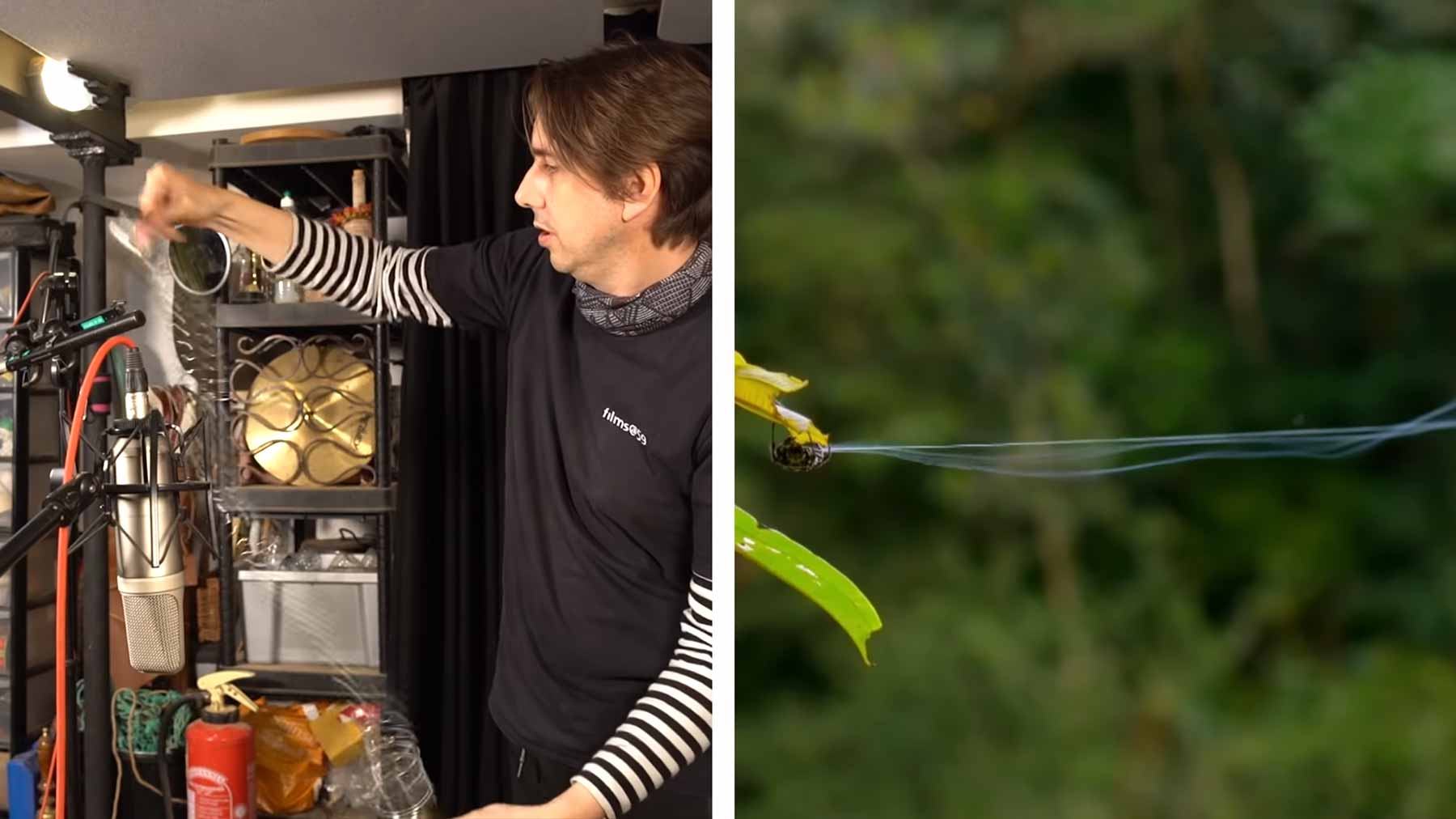
Tier- und Naturdokumentationen sehen mit der Zeit nicht nur immer toller aus, sie klingen auch immer besser. Aber wie kommt das? Hat das Produzententeam immer bessere Richtmikrofone, die die kleinsten Geräusche aus großer Entfernung einsammeln oder gar bei Zeitlupen-Sequenzen darstellen können? Nein, nicht ganz. Oftmals hilft ein Tonmeister oder eine Tonmeisterin bei der finale Bearbeitung fürs Fernsehen nach. Insider schenkt uns einige interessante Einblicke in diese originelle Handwerk.
„Many of the sounds you hear in nature documentaries are not actually the real ones recorded in the wild. That might be because the sounds are too difficult to actually record in the wild or because making up or exaggerating sounds makes for a better viewing experience. These sounds are done by somebody like Foley artist Richard Hinton for Films at 59. He has worked on series like ‚Planet Earth II,‘ ‚Frozen Planet,‘ Netflix’s ‚Our Planet,‘ and Disney’s ‚Bears.‘ While a spider is normally too small for a human to hear, the TV series ‚The Hunt‘ contained close-up shots of spiders. So Richard played around with a slinky to make the sounds of a web launching. Meanwhile, new film equipment has allowed for time lapses that portray a plant sprouting out of the ground. To show mushrooms growing in ‚Planet Earth II,‘ Richard stretched out strips of leather. And for something like lava flowing across the ground, he moved a boulder around some rocks. He has even had to do sound for the northern lights, which don’t actually make noise. He gave them a reflective quality by banging two cymbals.“
via: LangweileDich.net











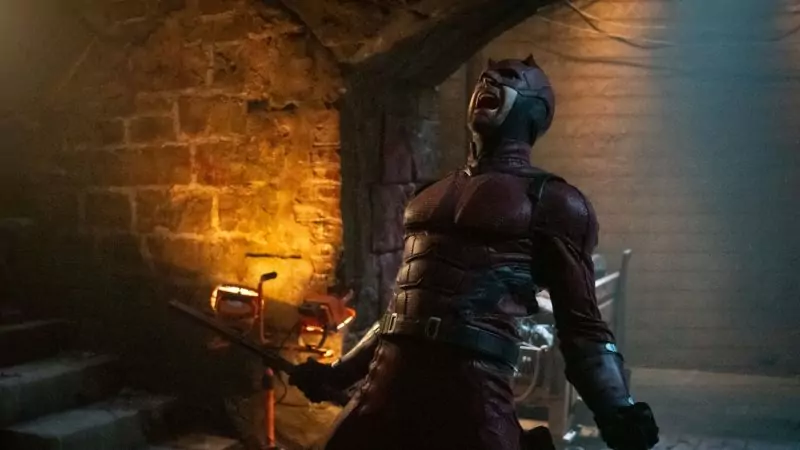
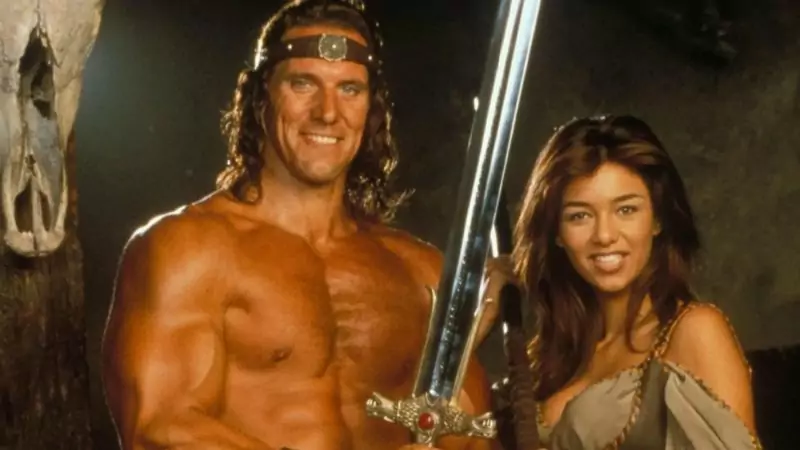
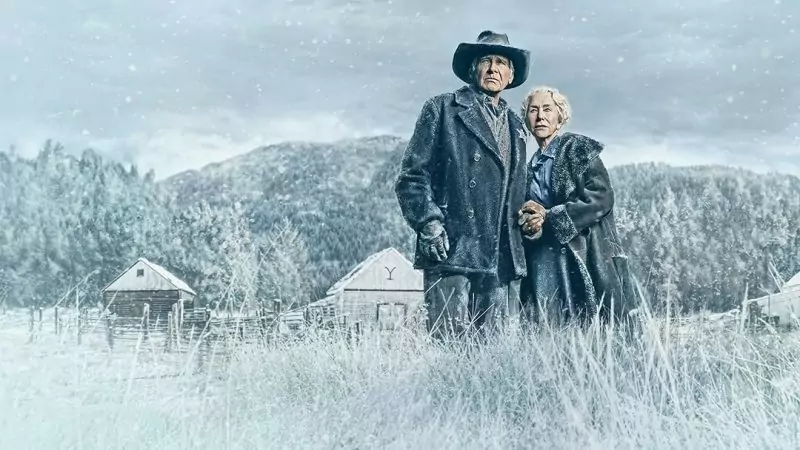









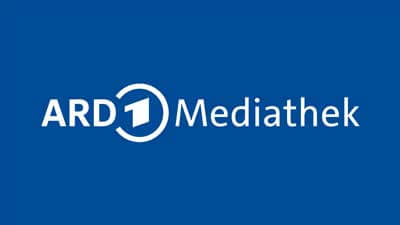
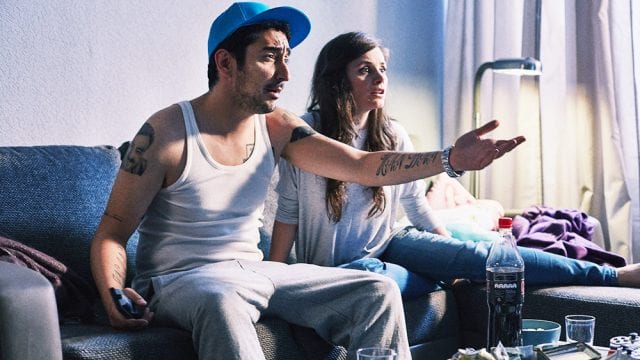

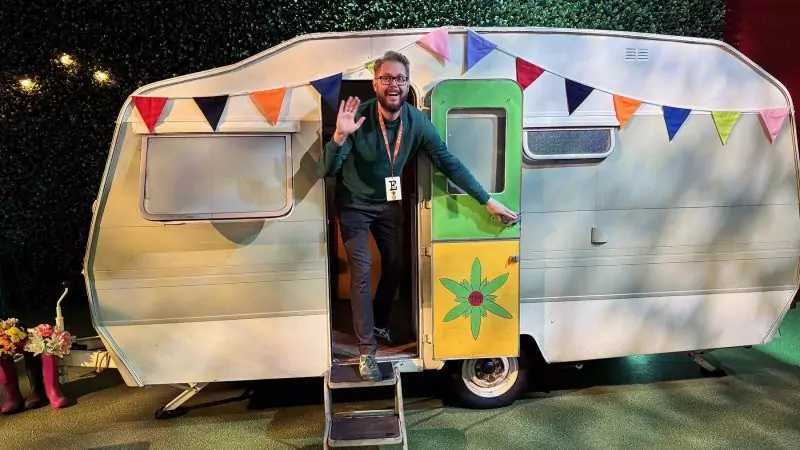
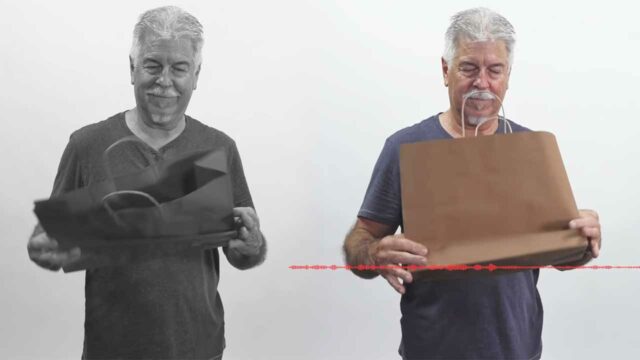

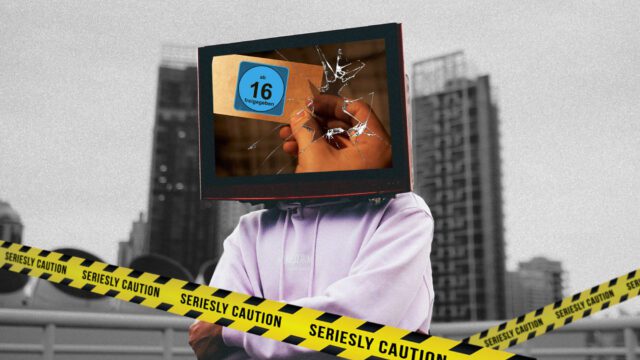







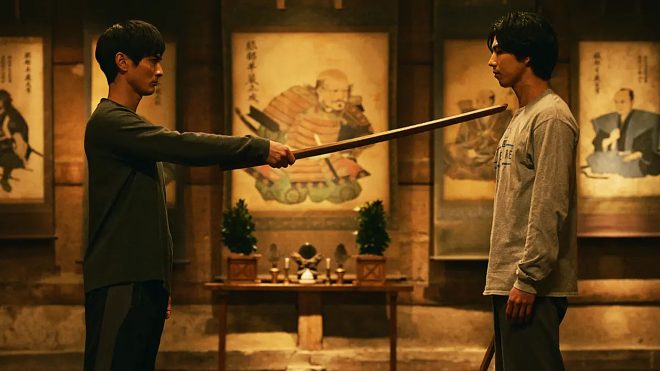

Kommentiere
Trackbacks